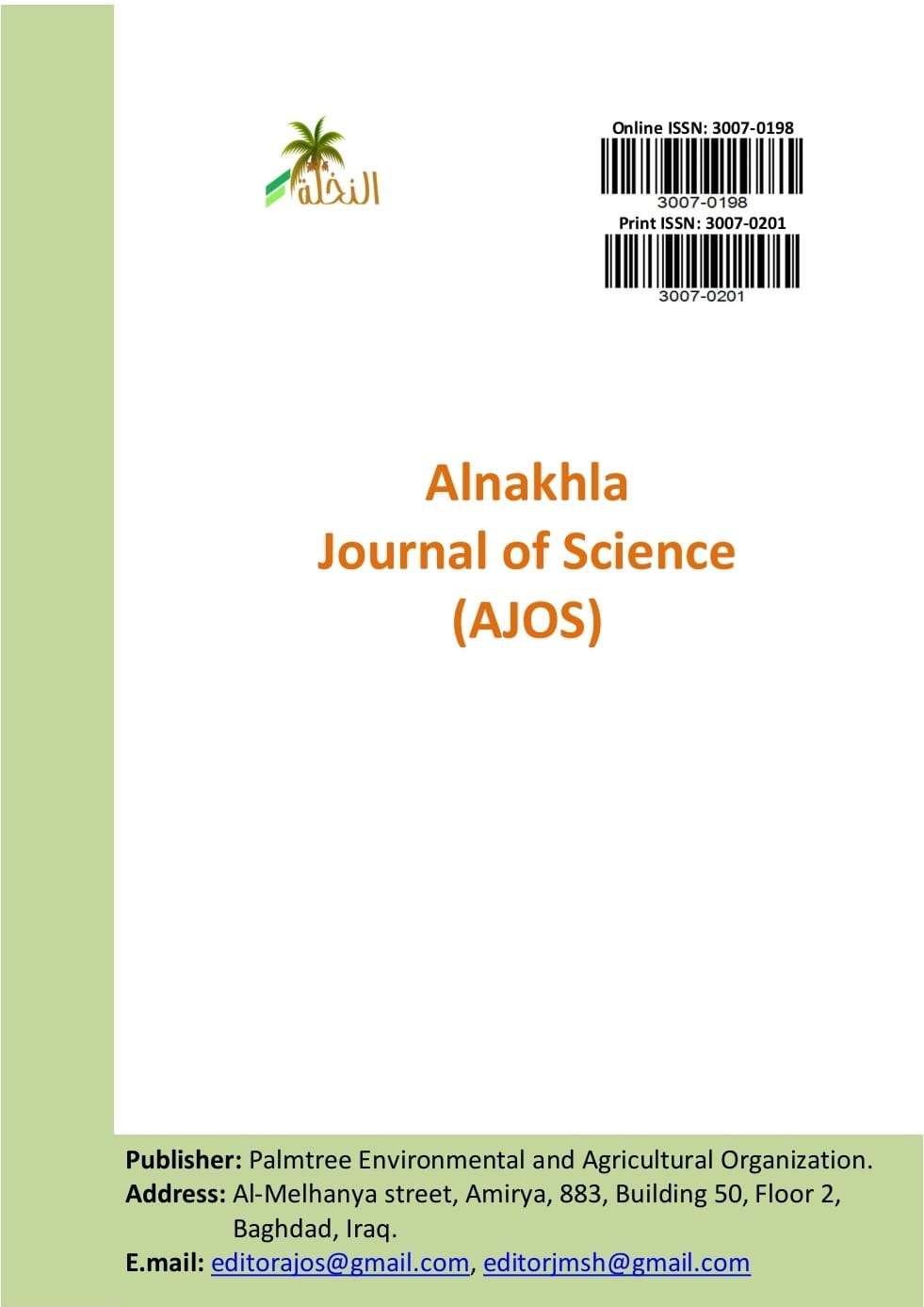Exposure to zirconium nanoparticles induce oxidative stress in albino mice
DOI:
https://doi.org/10.63799/ajos.13.1.9Abstract
Zirconium (Zr) is identified as one of the metal compounds that have been employed in biosensors, dentistry, cancer treatment and nephrology for a various purpose such as hemodialysis, peritoneal dialysis due to the low toxicity. This study aimed to detect the malondialdehyde (MAD) concentrations in the blood and liver after 14 and 28 days of orally exposure to 400 and 500 mg/kg bw ZrO2 NPs in mice. The twenty-five albino mice were divided into five groups and each group comprises five animals. The first group considered as a control and the other four groups as a treatment. At the ends of each period of exposure, blood samples were collected from the heart and liver samples were collected to measure the level of MDA. Comparison with the control group, the average animals body weight was statistically significant reduced after 28 days of exposure to both concentrations of ZrO2 NP, with time effect. The level of MDA revealed a significant elevated in blood and liver tissue with both doses and times of exposure compared to the control with concentration and time effects. In conclusion, the current results revealed that ZrO2 NPs can produce an increased oxidative damage in mice and damage the tissue structure of organs.


